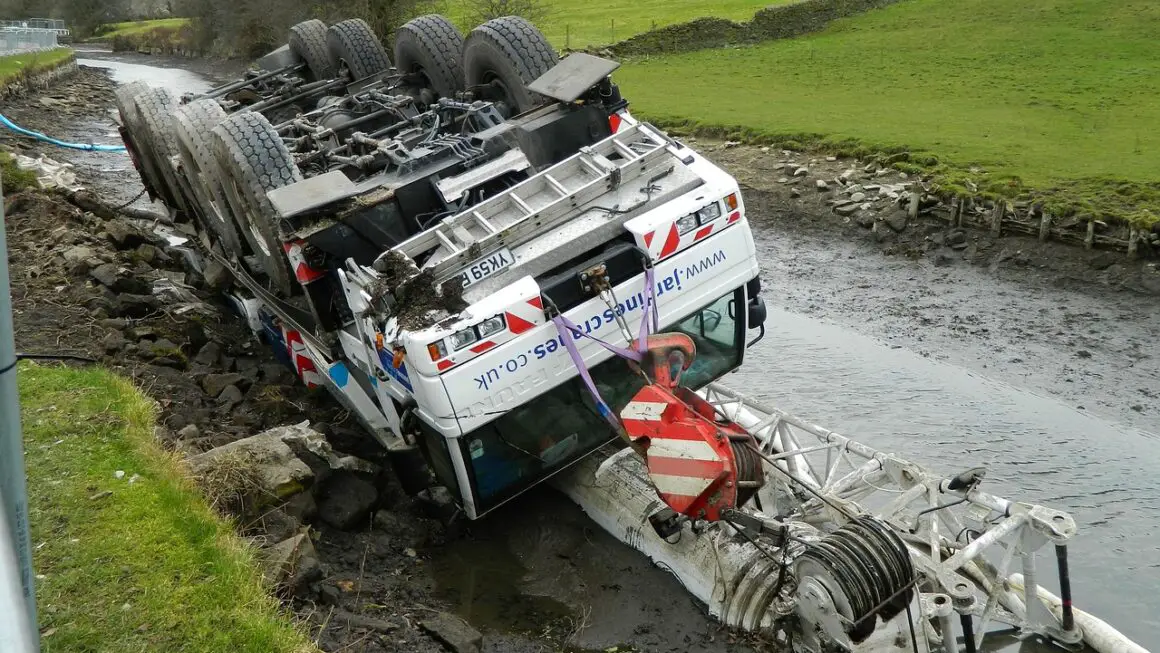Comprehensive coverage isn’t just about ticking boxes; it’s about ensuring nothing falls through the cracks. In today’s complex world, whether it’s in insurance, journalism, project management, or even your daily routine, leaving stones unturned can lead to significant risks and missed opportunities. This article will delve into what comprehensive coverage truly means, exploring its various facets and providing actionable insights to achieve it in different contexts.
What Does Comprehensive Coverage Really Mean?
Defining Comprehensive Coverage
Comprehensive coverage, at its core, refers to a complete and thorough approach to a subject, issue, or task. It entails considering all relevant aspects, potential risks, and possible outcomes. It’s about going beyond the surface level and delving deep into the details to ensure a complete understanding and effective management.
- In-depth Analysis: Goes beyond surface-level understanding to explore underlying causes and contributing factors.
- Wide Scope: Encompasses all relevant areas and perspectives, leaving no stone unturned.
- Proactive Approach: Anticipates potential issues and proactively implements preventative measures.
- Continuous Monitoring: Involves ongoing evaluation and adjustments to ensure effectiveness and adapt to changing circumstances.
Why is Comprehensive Coverage Important?
Comprehensive coverage offers numerous benefits, making it essential for success in various fields:
- Reduced Risk: By identifying and addressing potential threats proactively, comprehensive coverage minimizes the likelihood of negative outcomes.
- Improved Decision-Making: A thorough understanding of all aspects allows for more informed and effective decisions.
- Enhanced Efficiency: By optimizing processes and eliminating redundancies, comprehensive coverage leads to increased efficiency.
- Increased Trust and Credibility: Demonstrating a commitment to thoroughness builds trust and credibility with stakeholders.
- Better Outcomes: Ultimately, comprehensive coverage leads to better overall outcomes, whether it’s in project completion, risk management, or personal well-being.
- Example: Imagine a construction project. Comprehensive coverage would involve a detailed site survey, thorough risk assessment, meticulous planning, regular inspections, and ongoing communication between all stakeholders. Failing to address any of these aspects could lead to delays, cost overruns, or even safety hazards.
Achieving Comprehensive Coverage in Different Areas
Comprehensive Coverage in Insurance
In insurance, comprehensive coverage refers to a policy that protects against a wide range of potential perils, including those not specifically listed. It offers broader protection compared to basic or limited coverage policies.
- Example: A comprehensive auto insurance policy typically covers damage from collisions, theft, vandalism, natural disasters (e.g., hail, floods), and other events.
Comprehensive Coverage in Journalism
In journalism, comprehensive coverage means reporting on a topic from multiple angles, including different perspectives and stakeholders. It involves thorough research, fact-checking, and presenting information in a fair and unbiased manner.
- Key Elements:
Multiple Sources: Relying on a variety of sources to ensure accuracy and avoid bias.
Fact-Checking: Verifying all information before publication to ensure accuracy.
Contextualization: Providing relevant background information to help readers understand the issue.
Fairness and Objectivity: Presenting information in a fair and unbiased manner, representing all sides of the story.
Comprehensive Coverage in Project Management
In project management, comprehensive coverage means addressing all aspects of a project, from initial planning to final execution and evaluation. It involves identifying and managing risks, allocating resources effectively, and ensuring clear communication between team members.
- Steps:
1. Detailed Planning: Developing a comprehensive project plan that outlines goals, objectives, timelines, and resources.
2. Risk Management: Identifying potential risks and developing mitigation strategies.
3. Resource Allocation: Allocating resources effectively to ensure project success.
4. Communication: Maintaining clear and consistent communication between team members and stakeholders.
5. Monitoring and Evaluation: Continuously monitoring progress and evaluating performance to identify areas for improvement.
Tools and Techniques for Ensuring Comprehensive Coverage
Checklists and Templates
Checklists and templates are valuable tools for ensuring comprehensive coverage. They provide a structured framework for identifying and addressing all relevant aspects of a task or project.
- Benefits:
Standardize processes and ensure consistency.
Reduce the risk of overlooking important details.
Improve efficiency and productivity.
- Example: A checklist for conducting a comprehensive SEO audit might include items such as keyword research, website structure analysis, content optimization, and backlink analysis.
Collaboration and Communication
Effective collaboration and communication are essential for achieving comprehensive coverage. Sharing information, seeking feedback, and working together as a team can help identify blind spots and ensure that all perspectives are considered.
- Strategies:
Regular team meetings to discuss progress and address challenges.
Using collaboration tools to share documents and communicate effectively.
Seeking feedback from stakeholders to ensure their needs are met.
Data Analysis and Reporting
Data analysis and reporting can provide valuable insights into performance and identify areas for improvement. By tracking key metrics and analyzing data trends, you can gain a deeper understanding of what’s working well and what needs to be adjusted.
- Key Considerations:
Identifying relevant metrics to track.
Collecting data accurately and consistently.
Analyzing data to identify patterns and trends.
Using data to inform decision-making and improve performance.
Common Pitfalls to Avoid
Lack of Planning
Failing to plan adequately is a common pitfall that can undermine comprehensive coverage. Without a clear plan, it’s easy to overlook important details and make mistakes.
- Solution: Invest time in thorough planning before starting a task or project.
Ignoring Feedback
Ignoring feedback from stakeholders can lead to misunderstandings and missed opportunities. It’s important to actively solicit and incorporate feedback to ensure that everyone is on the same page.
- Solution: Actively solicit and incorporate feedback from stakeholders.
Focusing on Quantity over Quality
Striving to cover everything can sometimes lead to a focus on quantity over quality. It’s important to prioritize quality and ensure that all information is accurate and reliable.
- Solution: Prioritize quality over quantity.
Conclusion
Achieving comprehensive coverage is a continuous process that requires dedication, attention to detail, and a willingness to learn and adapt. By understanding what comprehensive coverage entails, implementing effective tools and techniques, and avoiding common pitfalls, you can improve your chances of success in any endeavor. Embrace the principles of thoroughness and diligence, and you’ll be well on your way to achieving better outcomes and building a solid foundation for long-term success.



